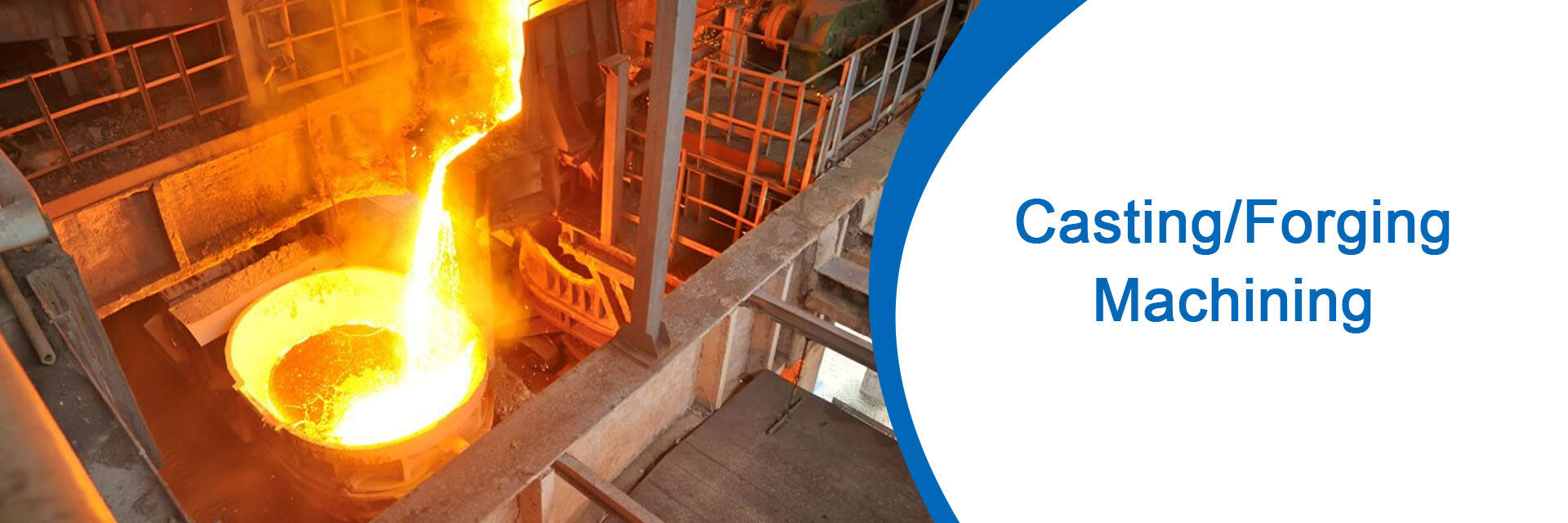Turbine Blade R&D Project
Turbine blades are critical components in a variety of applications including aircraft engines, power generation turbines and steam turbines.
The development of turbine blades involves a comprehensive research and development (R&D) process to ensure they meet stringent
performance, efficiency and durability requirements.
A turbine blade development project typically includes the following steps and phases:
demand analysis:
Define the goals and scope of the project, including blade performance indicators, application areas, expected costs and timelines, etc.
Research market demand and competition to determine the project's key success factors and market positioning.
Concept Design:
Carry out preliminary conceptual design, including blade geometry, material selection and processing technology.
Use computer-aided design (CAD) and computer-aided engineering (CAE) tools for simulation and analysis to evaluate the performance and feasibility of different design options.
engineering design:
Conduct detailed engineering design based on conceptual design, including formulating detailed design specifications and standards, preparing detailed design drawings and process flows, etc.
Consider key technical indicators such as the blade's aerodynamic performance, structural strength, thermodynamic properties and durability.
Material research and selection:
Research and evaluate the performance and characteristics of different materials, including superalloys, composites, ceramic materials, etc.
Select materials that best suit your project needs and conduct necessary material testing and certification.
Manufacturing process development:
Develop advanced processes suitable for blade manufacturing, including CNC machine tool processing, 3D printing, composite material molding, etc.
Optimize manufacturing processes and improve production efficiency and quality control levels.
Sample making and testing:
Blade samples are produced and experimentally tested to evaluate their performance and reliability.
Including static tests, dynamic tests, high temperature tests, aerodynamic performance tests, etc.
Optimizations and improvements:
Based on test results and feedback, the blade design and manufacturing process are optimized and improved.
Continuously iterate to improve blade performance and reliability.
Verification and certification:
Conduct blade performance verification and certification to ensure compliance with relevant standards and regulations.
Certification testing and approval procedures from relevant agencies may be involved.
Mass production and promotion:
Start mass production of blades and bring them to market.
Provide after-sales service and technical support to meet customer needs and continuously improve products.
 EN
EN
 AR
AR
 BG
BG
 HR
HR
 CS
CS
 DA
DA
 NL
NL
 FI
FI
 FR
FR
 DE
DE
 EL
EL
 HI
HI
 IT
IT
 JA
JA
 KO
KO
 NO
NO
 PL
PL
 PT
PT
 RO
RO
 RU
RU
 ES
ES
 SV
SV
 TL
TL
 IW
IW
 LV
LV
 LT
LT
 SR
SR
 SK
SK
 SL
SL
 UK
UK
 VI
VI
 ET
ET
 HU
HU
 TH
TH
 TR
TR
 AF
AF
 MS
MS
 GA
GA
 IS
IS







